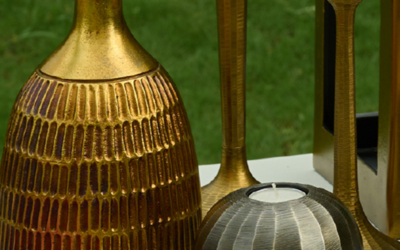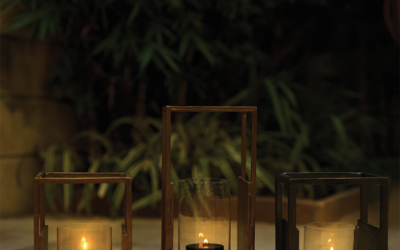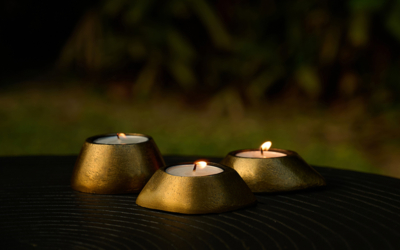In an interior landscape saturated with algorithm-led mimicry and ephemeral aesthetics, where brands clamor for momentary attention, Taho Living offers an antidote, a philosophy of intelligent restraint. Resolute, sculptural, and quietly opulent, a Taho piece intends to occupy space the way architecture does: with permanence, with purpose, and with a deeply material understanding of contrast as a design virtue.
Taho is not merely building furniture. It is crafting a worldview, one rooted in duality, shaped by tension, and made slowly with intent. In this blog, we delve into Taho’s furniture design language of balanced contrast, an aesthetic equilibrium that transcends trend cycles to shape a new form of conscious luxury.
Material Dialectics: Where Brutalism Meets Wabi-Sabi
At the very core of Taho’s design language lies a material dialogue, one that reconciles the brutal with the poetic. Brutalism, in this context, brings with it structural honesty and geometric weight. Wabi-sabi offers a counterpoint, a reverence for imperfection and the passage of time.
Taho’s materials are never anonymous. Cast brass, oxidised bronze, hand-burnished steel, travertine, and limestone- these are surfaces that evolve. They patinate, scar, and soften over time. They are not chosen for uniformity but for variation and memory with a modern aesthetic balance.
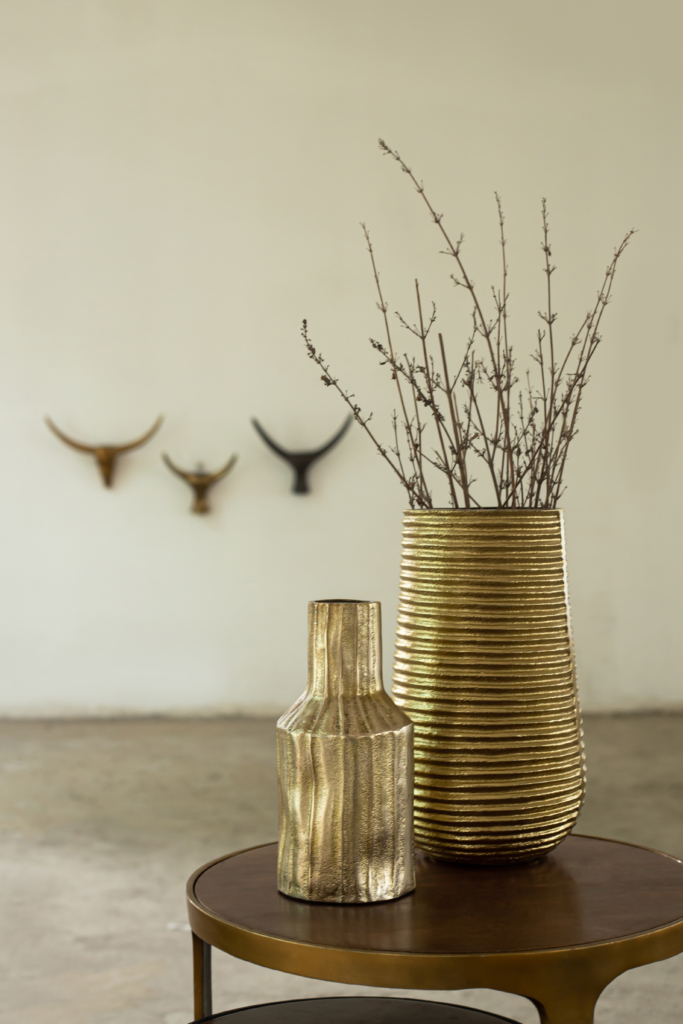
Take the example of our Cano Vase, brutal in silhouette, softened by tactile finishing. Or a console that stands like a stone plinth, both anchor and abstraction. In every case, the material is not simply a medium; it is the message.
Neo-Minimalism: Designing with Geometry, Silence, and Proportion
While contemporary décor often leans toward either maximalist spectacle or sterile minimalism, Taho charts a middle path. Its pieces carry the weight of brutalist architecture but are resolved with warmth and proportion. The design language is not minimalist in the reductive sense; it’s Neo-Minimalist in spirit: intentional, grounded, and spatially intelligent.
Consider the Nesting Table, block-like in form but elevated by slim, precise legs. This isn’t aesthetic austerity; it is restraint with depth. Every curve, edge, and joint speaks of deliberation.
Craftsmanship as Culture: Furniture Made with Purpose and Permanence
At Taho, craftsmanship is not a function of nostalgia; it is a human act of defiance against disposability. The brand’s studio works entirely under one roof, from designing and prototyping to casting and finishing, ensuring that every stage is done not just with care, but with continuity of vision.
This commitment situates Taho within a modern resurgence of the Arts and Crafts ethos, but not as a revival. Rather, it’s a post-digital romanticism, where permanence is not just promised but achieved through process. Here, “made slowly” isn’t a tagline; it’s an ethic. Timelines are realistic, not rushed. Scale is never pursued at the cost of finish and each piece follows an architectural furniture design.
Each object is hand-remembered, shaped by skill, lineage, and the memory of the maker. This gives every Taho piece a kind of quiet certainty: it will last, because it was made that way.
Sculptural Utility: When Function Becomes Form
Taho exists at the intersection of functionalism and sculpture. Its pieces serve a purpose, yes, but they also provoke a presence.
This sculptural utility places Taho’s furniture design language with Contemporary Collectible Design, where form and function are not opposites but collaborators. These are not decorative objects. They are infrastructures of experience, silent, intentional, and evocative.
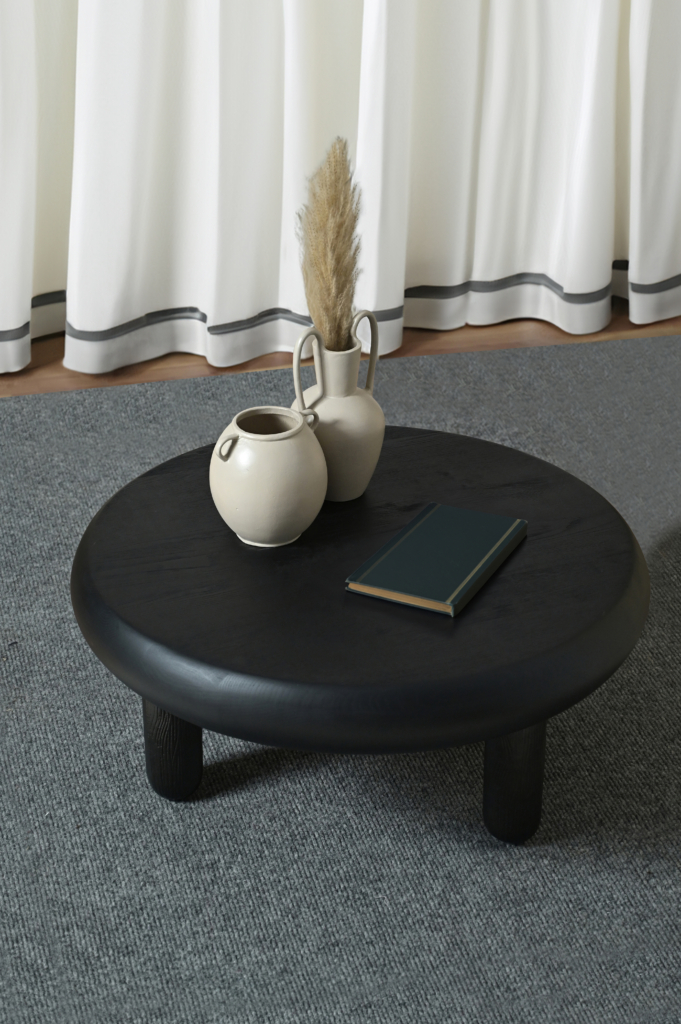
Even the finishes, left raw and unsealed, are part of this ethos. They allow the piece to age in place, to respond to its environment, and to become part of a lived architecture.
Global Design, Locally Rooted: South Asian Craft, Universal Appeal
While Taho’s design language is globally fluent, finding resonance in Nordic apartments or Tokyo lofts, its essence is undeniably South Asian. Its craftsmanship is local. Its materials are contextual. Its intent is timeless.
There’s a postcolonial wisdom in this: to be global, but never generic. To be modern, but never unmoored. Taho’s aesthetic isn’t borrowed from abroad; it’s born from cultural grounding and material sovereignty. It does not perform luxury; it embodies it.
The Future of Design: Building Homes with Emotional Architecture
Taho’s design is less about what you see and more about what you feel. It resists noise. It refuses speed. It creates architecture, not ornament.

Each piece is a spatial pause, a moment of clarity in a world of clutter. In this, Taho builds not furniture, but futures. Futures where legacy and modernity coexist, where craft is the new luxury, and where objects are not just touched by hand, but imbued with thought.
Taho invites us to live differently, with less, but deeper. To seek not what is new, but what will endure. And in doing so, it defines a new blueprint for design, one that balances silence with strength, material with meaning, and art with life.



